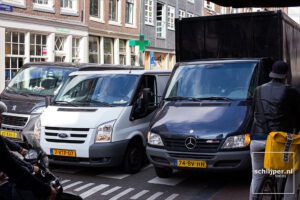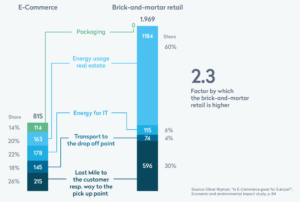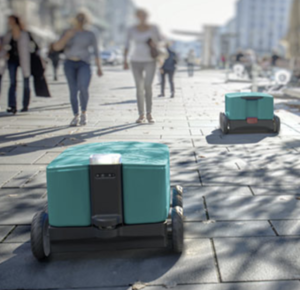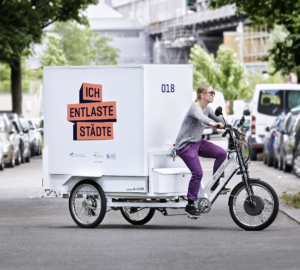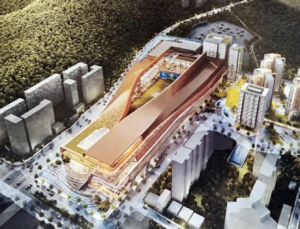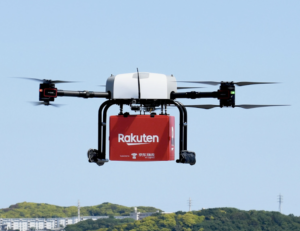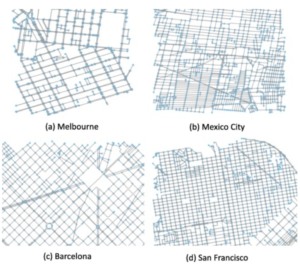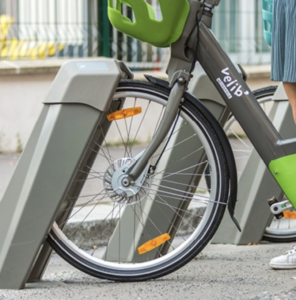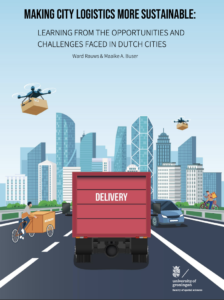Explaining the growth in light electric freight vehicles
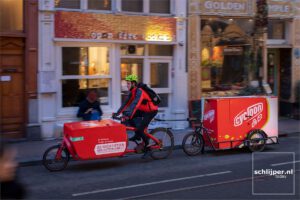
Van Duin, Ploos van Amstel and Quak (2022) wrote a chapter in Innovations in Transport explaining the growth in light electric freight vehicles. Literature on ex-post analysis based on real cases with LEFV usage is limited. The application of the Technological Innovation System (TIS) framework can provide insight into the cumulative systematic change toward more …

